“It’s important to use an interdisciplinary approach”
The ETH Zurich spin-off Dacuda has been included in the Red Herring Global Award list of the world’s top 100 most innovative companies thanks to its mouse scanner. Martin Zahnert, Head of Product Development, outlines the technical challenges involved and explains how his studies at ETH Zurich helped him and what mistakes spin-offs can avoid.
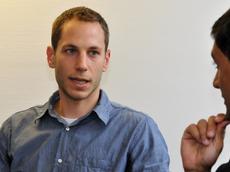
How did Dacuda
come about?
Martin
Zahnert: In 2008, while studying mechanical engineering at ETH
Zurich, I was working with other students on a project in the field of
robotics. Afterwards the group continued to meet for more brainstorming
sessions. We had a few ideas, and we took them with us when we attended a
Venture Challenge course for budding entrepreneurs. That’s where we met
Alexander Ilic and Michael Born, who came from ETH Zurich and the Business
faculty at the University of St. Gallen respectively. At the course we received
good feedback on our idea of a mouse scanner. Then we took part in
competitions, acquired start-up capital and invited further investors to get
involved. Those new investors were also full of enthusiasm about our idea. Next
we built a model that we were able to use to present how the device would
function. In 2009 we founded a stock corporation (AG) and put the company on a
professional footing.
What is
the idea behind the mouse scanner?
We wanted to make it easier for users to create a
better connection between the real world and the digital world by means of an
input device that they use all the time anyway. That’s why we equipped the mouse with a scanning
function. The aim of the product we developed is to allow workflows to flow
better without interruptions. For example, texts can be sent to Word for
immediate further processing – including all kinds of formatting – or the
content of tables can be used in Excel after just a few mouse-clicks. The
device can be used to scan everything from small business cards and notes to
entire A4 pages and photos and images that do not even fit on a scanner.
The
product is now available in Switzerland. Are there any special features for the
Swiss market?
In addition to scanning, all of the figures on Swiss
deposit slips can be read and transferred to the e-banking program. Anyone who
has had to type in the figures one-by-one in the past knows just how much
easier our product makes the process. This integration works with all Swiss
e-banking portals.
From a
technical perspective, what was the greatest challenge you faced in
development?
The difficulty is that the camera in the mouse records
30 images per second, and these have to be compiled correctly on the computer
in real time. That means that a three-second scan produces almost 100
individual images that have to be processed. It resembles a large jigsaw that
has to be put together correctly again and again – without being able to
predict how the camera will move. This allows users to scan in any direction
they want.
People
always say that it is difficult to find investors for a new idea. What was your
experience?
It goes without saying that we also had to convince
investors, but everyone who helped to set up the company is still very involved
and dedicated to it. We were lucky enough to have several investors to choose
from, and we chose the best ones with the expertise appropriate for our
business models. In addition we have research projects at ETH Zurich that are
subsidized by the CTI (the Swiss Commission for Technology and Innovation) and
helped us to move development forward.
The
product was available in the shops just three years after the initial
prototypes. How did the story continue after the
company was founded?
From the very outset, we wanted to develop a mass
product suitable for sale worldwide. To do this, we were looking for a partner
with global distribution channels. We took our reference models to large global
companies and introduced our product to them. In the end we entered into
cooperation with LG, one of the world’s largest technology firms. That company
has the license and is now marketing the first product all over the globe.
Wouldn’t
it have been better to keep control of everything yourselves?
We thought about whether we wanted to be a company
that provides the technology to other companies with a strong production focus
or whether we should hold onto the entire product process. As a start-up we
would not have been in a position to do everything from production to
distribution and marketing so quickly on a global scale ourselves.
Consequently, we considered a licensing model with a strong partner to be the
better alternative for making our technology the standard mouse technology in
the long term.
Are all
of the company’s founders millionaires now, like at Apple after its initial
success?
(laughs) No, that’s not the case. We did not get rich
overnight, because the money is invested in the company. We have created 18
full-time jobs in Switzerland that we have to fund, and we also want our
company to continue to grow. One product is definitely not enough to ensure
permanent market success; expansion is going to require investment. The original team who founded the company comprised
just four people, now there are 18.
How did you transform yourself from a
student with a good idea to the technical head of the company?
In the beginning we made all the prototypes and wrote
the software ourselves. We quickly noticed that we needed more manpower and
more expertise, which we got by hiring employees. I automatically carry out the
management functions and try to work for the team so that they can work in
peace on their development tasks. I believe that our focus is on development
and not on creating levels of hierarchy or authority.
How did
your studies at ETH Zurich help to develop the product?
The very broad and in-depth technical understanding
that I gained during the degree was a particular help to me. It allows me to
see things pretty quickly and to gauge and understand them. Our product in
particular is very complex and interdisciplinary in nature. It incorporates
software with highly complex computer vision algorithms, optics, electronics,
mechanics – all of the disciplines have to work together and that is one major
area for which ETH Zurich provided the foundation. Without the degree at ETH Zurich
it would have been difficult to realize the product.
When you
look back now at your product development process, what advice would you give
to other spin-offs?
It is important to simply get started and put together
a team of the right people. An interdisciplinary team is worth its weight in
gold. It helps if it includes people with strong business acumen as well as
people with excellent technical skills. When setting up the company and during
the technical development, you shouldn’t try to reinvent the wheel, but look
instead at how others approach specific issues.
Does Dacuda
have ideas for other products?
We are constantly working on new ideas and want to use
our technology in more devices. I can’t tell you any
more than that at the moment. The first project for the coming year
is the Mac version of the mouse.


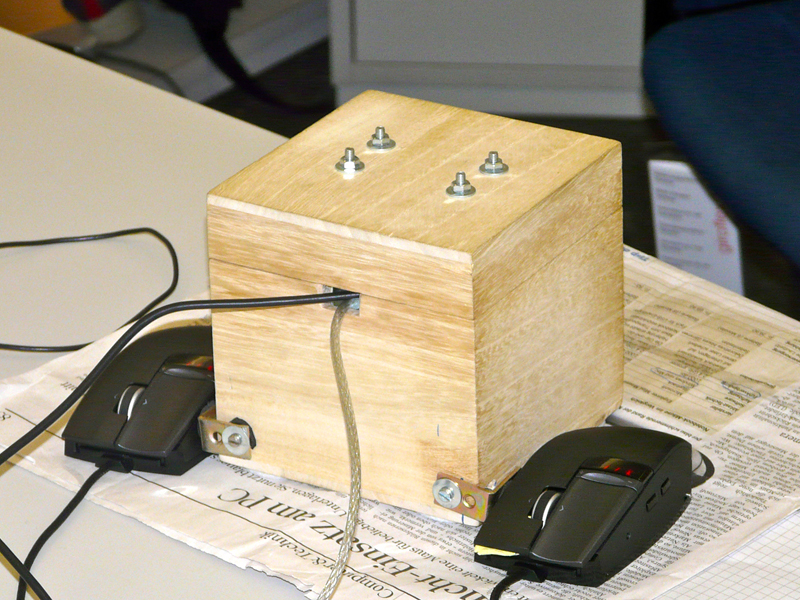
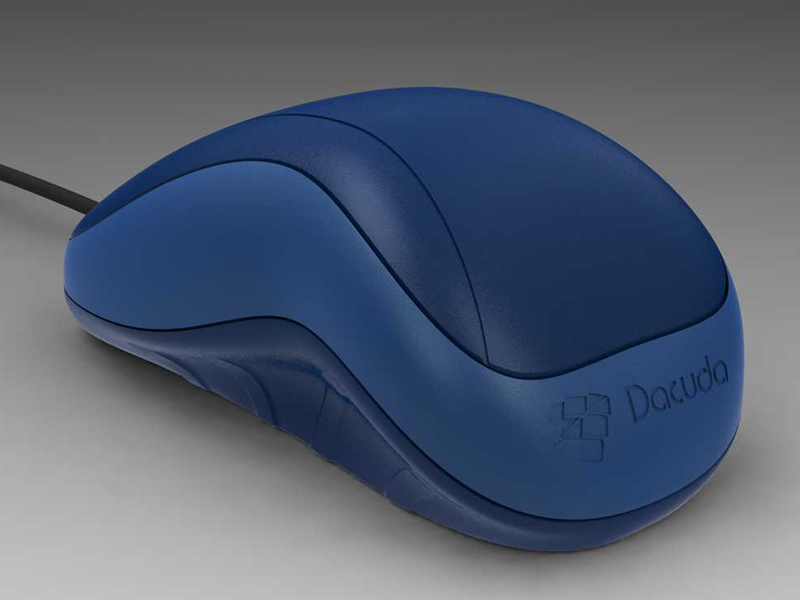
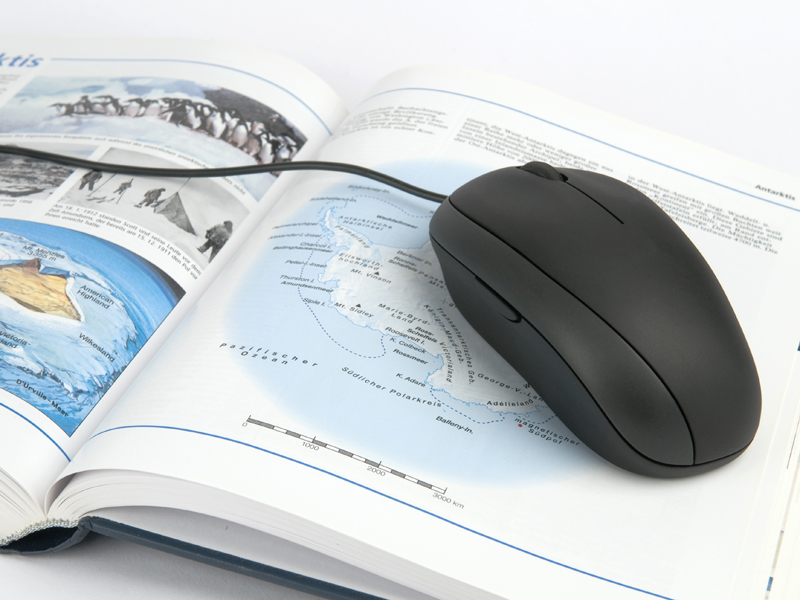
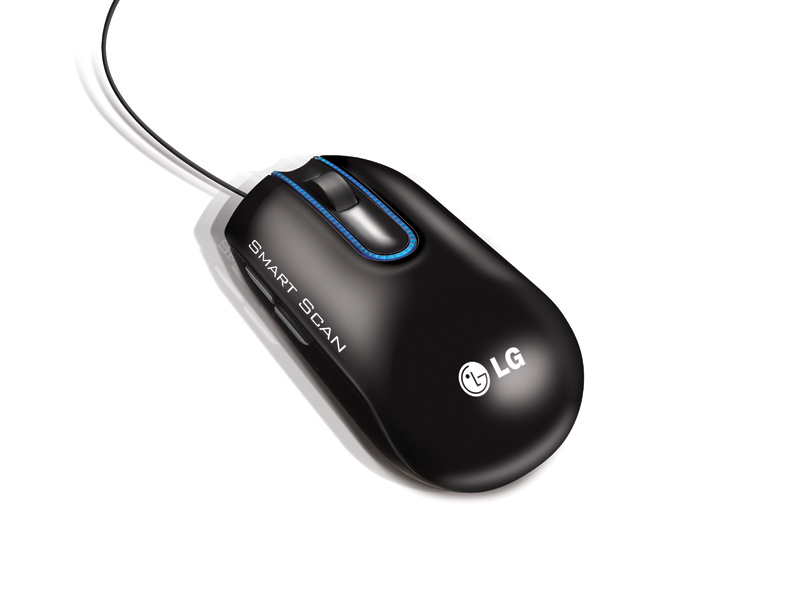





READER COMMENTS